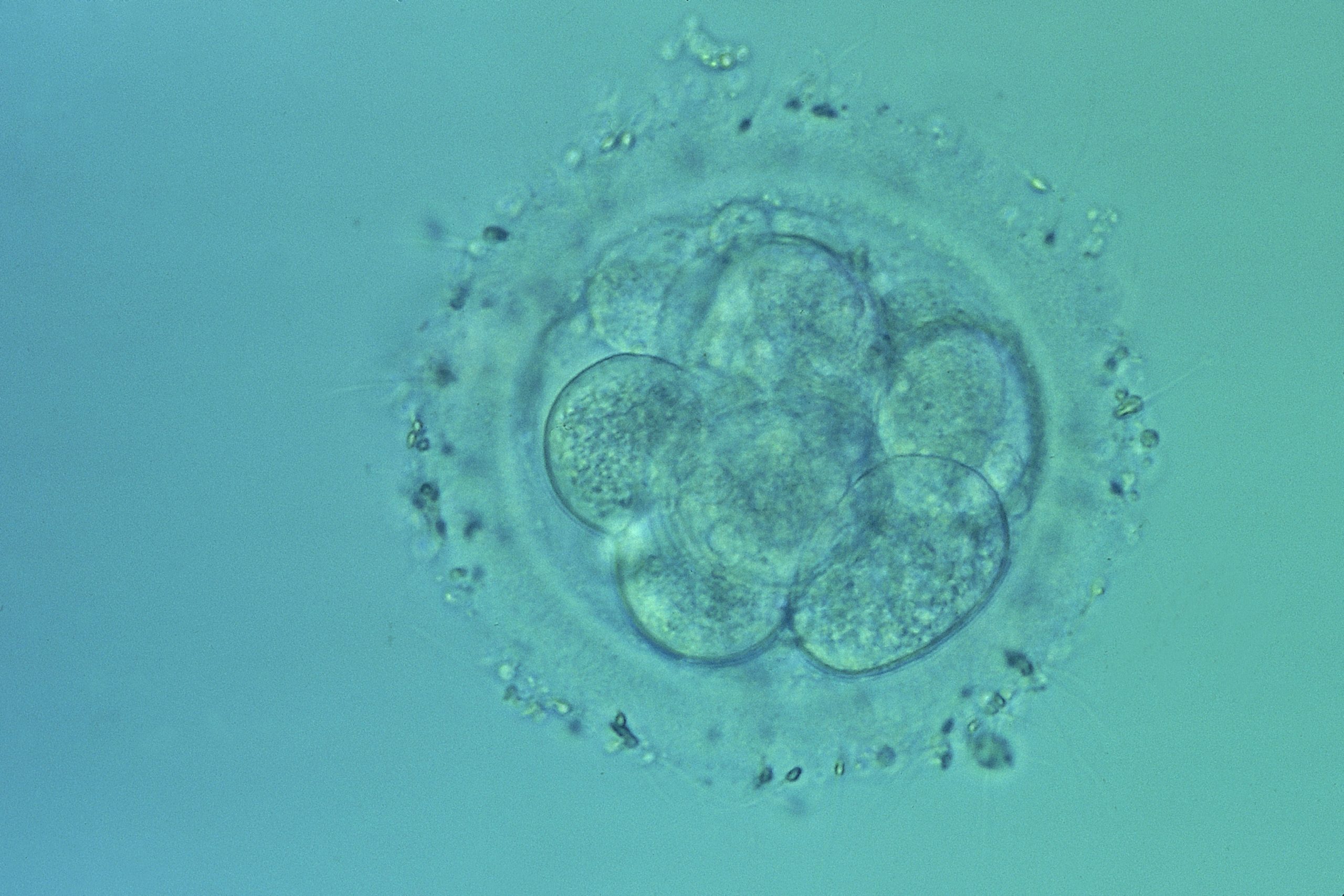Seized by the German Federal Court within the framework of the affair Oliver Brüstle against Greenpeace (1), the European Court of Justice rendered, on last 18th October, a judgment concerning the interpretation of the European directive 98/44/CE related to legal protection of biotechnological inventions.
This states in particular that using human embryos for industrial or commercial purposes are not patentable.
Definition of the human embryo
In a first time the European Court of Justice had to pronounce on the term “human embryo” in the meaning of the directive 98/44/CE.
For the Court, a human embryo is constituted by, any egg from the fertilization stage, any unfertilized human egg in which the nucleus of a mature human cell has been implanted and any unfertilized human egg which, by way of parthenogenesis, has been induced to be divided and to develop“. Thus the Court recognizes, rightly, any totipotent cell, from fertilization or cloning, as being an embryo.
It specifies that it limits to a legal interpretation of the provisions of the directive without treating medical or ethical questions.
Patentability of the researches
The second question asked was the following: does “the notion “of using human embryos for industrial or commercial purposes” also include the use of human embryos for scientific research purposes?“
Here the Court answers affirmatively, excluding from the patentability the use of human embryos for scientific purposes. Indeed it underlines that “granting a patent to an invention implies, in principle, its industrial or commercial exploitation“. But, “if the objective of the scientific research must be distinguished from industrial or commercial purposes, the use of human embryos for research purposes which would constitute the subject of the patent application cannot be separated from the patent itself and the associated rights“.
Finally it adds that only “the use for therapeutic or diagnostic purpose applicable to the human embryo and useful to this” can be subject to a patent. Let’s specify that this reservation, which concerns particularly the modeling of pathologies, was already foreseen in the directive 98/44/CE.
Third question: “is the invention excluded from the patentability, even if it would not have itself for subject the use of human embryos, as it would be based on a product which, to be obtained, supposes the previous destruction of human embryos or on a process which requires a base material obtained by destruction of human embryos?“
Here again the Court answers affirmatively: the prior destruction of a human embryo whatever the stage this one occurs, impedes the patentability of the invention which requires it. And this, “even if the description of the technical education claimed does not mention the use of human embryos” (as it is the case in the affair Brüstle vs. Greenpeace).
This precision from the Court allows answering the argument, widely used, according which: “since embryos are in any case destroyed, it is better to use them“.
Reactions
Criticized by some researchers, on the other hand this decision has been welcomed by the Commission of the Episcopates of the European Community (COMECE), among others, like “a major stage in the protection of the human life in the legislation of the European Union“.
With the clear legal interpretation it gives of the human embryo, without pronouncing on the legitimacy of its use, this judgment should slow down the attractiveness (2) of the research on the human embryo for the pharmaceutical industry and hence to give a new impulse to alternative researches on the cord blood or adult stem cells.
1. This affaire concerns a patent granted in Germany in 1999 to Oliver Brüstle for a conversion method of human embryonic cells into nervous cells. Attacked by Greenpeace, finally the patent was recognized invalid by the federal court. Oliver Brüstle appealed this decision, the court of reference asked the European court of justice to interpret some provisions of the directive 98/44/CE on which was based in part the invalidity of the patent.
2. 13 European scientists among whom the French one Marc Peschanski were worried about the perspective of a prohibition to patent innovations using human embryonic cells (CESh). In a letter published in Nature on 28th April 2011, they affirmed that this prohibition would lead the pharmaceutical industry, deprived of intellectual property, to turn towards other markets instead of the European market to develop techniques from CESh.

